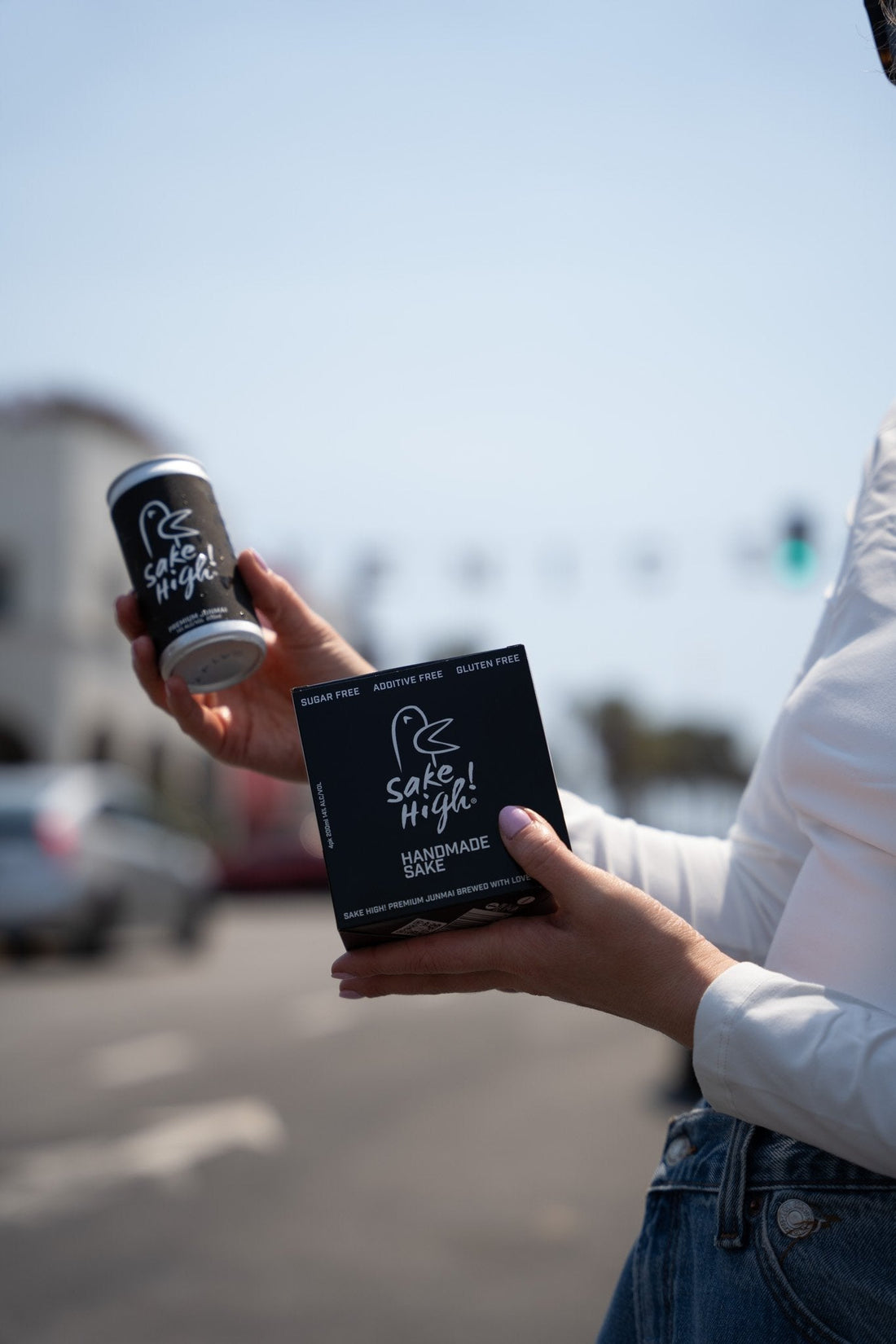
Sake vs. Wine
When it comes to enjoying a fine beverage with your meal or for a special occasion, wine often takes the spotlight. However, there's another drink that's been gaining recognition and challenging wine's supremacy – sake. Let's delve into the world of sake and wine, comparing their characteristics, flavors, and when to choose one over the other.
1. Production Process
Let's start with the basics. Wine is made through the fermentation of grapes, with various types like red, white, and sparkling wine depending on grape variety and winemaking techniques. On the other hand, sake is brewed from rice, water, yeast, and koji mold, which converts the rice starch into sugar for fermentation. The production processes differ, and this influences the flavors and aromas of the final products. Learn more on how sake is made here
2. Flavor Profile
Wine is known for its diverse flavor profiles. Red wines, like Cabernet Sauvignon, are often bold and robust with fruity and sometimes tannic characteristics. White wines, such as Chardonnay, can range from crisp and refreshing to creamy and buttery. Sparkling wines like Champagne bring effervescence and acidity.
Sake, while also diverse, offers a unique flavor profile. It's often described as having a clean and crisp taste with subtle sweetness and umami notes. Sake's flavors can vary from fruity and floral to earthy and savory, depending on factors like rice variety and brewing methods. Read More_ What Are the Types of Sake?
3. Versatility in Pairing
Both sake and wine offer versatility when it comes to pairing with food. Wine pairs well with a wide range of dishes, from steak and seafood to cheese and dessert. Sake, with its umami-rich profile, is particularly suited for pairing with Japanese cuisine, including sushi, sashimi, and tempura. However, it's also excellent with other Asian cuisines, Mediterranean dishes, and even Mexican or spicy foods.
4. Alcohol Content
Sake typically has a lower alcohol content compared to wine, usually ranging from 15% to 20% alcohol by volume. Wine can vary but often falls in the range of 12% to 15%. Sake's lower alcohol content makes it a good choice for those who want to enjoy a drink without getting too intoxicated too quickly.
5. Gluten-Free and Sulfite Levels
For individuals with dietary sensitivities, sake offers a gluten-free alternative to certain wines. Additionally, sake typically contains fewer sulfites than many wines, making it a suitable choice for those with sulfite allergies or sensitivities.
6. Environmental Considerations
Sake is often produced with fewer environmental impacts compared to wine. Many sake breweries prioritize sustainability and eco-friendly practices in their production. This aligns well with the growing interest in environmentally responsible products!
In the showdown between sake and wine, there's no definitive winner. It ultimately comes down to personal preference, the occasion, and the cuisine you're enjoying. Wine offers a broad spectrum of flavors and styles, making it suitable for diverse occasions and palates. On the other hand, sake brings a unique and delightful experience with its clean and crisp profile, making it a great choice for Japanese and Asian cuisine.
The good news is that you don't have to choose one over the other! Exploring both sake and wine can be a rewarding journey. They offer distinct experiences that can enhance your culinary adventures and celebrations. So, whether you're sipping a fine Bordeaux or enjoying a premium Junmai sake, raise your glass and toast to the world of exquisite flavors and diverse beverage choices. Cheers and kanpai!
Sip & Read More >>
